I Sverige har vi lagar och regler!
Vi har en trafiklagstiftning: vi kör på höger sida, vi måste ta körkort, besiktiga bilen, köra nykter, ha säkerhetsbälte och följa hastighetsbegränsningarna. Vi har särskild trafikpolis till och med. Bilarna i sig görs alltmer säkra, de krocktestas dessutom.
Vi har en alkohollagstiftning också; med åldersgräns, Systembolag, alkoholskatt, varningstexter i alkoholannonser. Tobak likadant: åldersgräns, varningstexter på förpackningarna, tobaksskatt -samt nyligen förbud för rökning på uteserveringar. Narkotika är helt kriminaliserat.
Varför har vi allt detta?
Kunde inte folk bara ”ta sitt ansvar” och sköta sig?
Vi har det därför att vi vet att utan allt detta skulle människor fara illa:
I Sverige omkom 324 personer och 2195 skadades svårt i trafiken år 2018 (Transportstyrelsen). Cirka 12000 personer dör i rökning varje år, samtidigt som 100000 insjuknar i sjukdom relaterad till rökning (Socialstyrelsen/Folkhälsomyndigheten). Cirka 2000 personer avlider som direkt effekt av alkohol per år, i tillägg orsakade alkohol drygt fyra procent av den samlade sjukdomsbördan 2017 (data från det internationella projektet Global Burden of Disease, GBD).
Samhället/staten väljer alltså här att genom lagstiftning ta ett ansvar åt befolkningen som grupp, att styra den åt rätt håll. Man kan ha politiska åsikter om detaljer i ovanstående, men ingen skulle vilja avskaffa alla lagar och regler. Eller hur?
Vad kostar övervikt och fetmasjukdom? Mer än Du anar
Samtidigt orsakar fetmasjukdom minst 3400 dödsfall i landet per år. Totala kostnaden för övervikt är 23,4 miljarder kronor per år, fetma ytterligare 25,2 miljarder (rapport IHE). Varannan vuxen svensk är idag överviktig eller har fetma (Folkhälsomyndigheten).
Som svar på denna övervikts- och fetmaepidemi gör svenska samhället i nuläget -vadå?
Nästan ingenting. (Jo, vi har en 15 års åldersgräns om man vill köpa en burk Red Bull och det finns vissa regler för hur reklam till barn får se ut.) Översätter vi den här hållningen till trafiken så skulle det motsvara att vi nog har högertrafik -men glöm resten (körkort, hastigheter, alkohol, säkerhetsbälte, trafikljus)…
Vi har således bensin-, alkohol- och tobaksskatt. Fetmainitiativet föreslog en svensk sockerskatt, men detta avfärdades av dåvarande ansvarig minister, som istället ville se ett ”helhetsgrepp”. Detta ”grepp” finns det fortfarande inget som helst spår av.
Tvärtom exponeras vi ohämmat av reklam för högprocessade livsmedel, snacks och godis i princip överallt. (Public service lät t.o.m. Melodifestivalen ha ren junk food som huvudsponsor i år). I min stora mataffär hemmavid får man stega 20 steg(!) från kassan räknat för att komma ut ur ”zonen” med enbart godis, choklad, chips och snacks -det finns numera t.o.m. en minihylla i kassan mellan varubandet och kunden med små stycksaker choklad (precis i ögonhöjd för medföljande barn). Inga varningstexter, inga åldergränser. Ingenting.


Samma stat och samhälle som i övrigt inför trafikregler, åldersgränser, punktskatter och varningstexter väljer att passivt titta på medan befolkningen blir alltmer exponerad för högprocessade livsmedel som vi vet leder till fetmasjukdom. Så här ska vi som medborgare plötsligt ”ta vårt ansvar” och sköta oss tydligen?
Detta är orimligt och på alla sätt ologiskt. Problemet kostar oss dessutom redan 3400 dödsfall samt 48,6 miljarder kronor varje år. (Läs den meningen en gång till).
Varför gör man då ingenting?
Ingen ”vet” exakt, men vi kan väl spekulera:
Inser man att fetma är en sjukdom, eller tror man att det är ett aktivt val av patienten själv? Svensk sjukvårdspersonal utbildas i princip inte alls om fetmasjukdom, hur mycket vet då våra politiker och beslutsfattare? Tror man att högprocessad mat är ofarlig? Hur stark är livsmedelsindustrins egen lobby (rätt stark, får man misstänka)? Hur stor väljaropinion (=vi alla alltså) finns det för att hjälpa människor undan övervikt eller fetma?
De Fyra Svarta Prickarna
I nästa del av serien ska vi lista våra förslag till samhällsåtgärder, men ni får en liten försmak redan här: i Chile har man en uttalad övervikts- och fetmaproblematik (75% av vuxna befolkningen har övervikt eller fetma). Sedan år 2016 har man en verklig aktionsplan för att tackla detta på samhällsnivå. Delorsak: senator Guido Girardi, som även är utbildad läkare.
Chile har infört en rad spännande reformer på området:
-läskskatt: sötade drycker har en straffskatt på 18 procent.
-de fyra svarta prickarna. Om ett livsmedel är onyttigt avseende socker, salt, kaloriinnehåll respektive mättat fett så ger var och en av dessa kategorier en svart påklistrad stoppformad etikett på förpackningen. Kunden kan alltså direkt se om en vara har noll, en, två, tre eller i värsta fall fyra svarta prickar. Effekten är uppenbar och omedelbar: ingen mer gissningslek vad det finstilta i innehållsförteckningen egentligen betyder, och oerhört svårt för producenten att komma runt problemet via missvisande reklam eller liknande.
Resultat: medföljande barn påpekar ofta själva för mamma eller pappa att de inte vill ha mat med svarta stopptecken på -och industrin självsanerar sig för att undvika de svarta etiketterna. (Läs mer i New York Times reportage.)
-förbud mot reklam för skräpmat i radio och TV mellan kl 06 på morgonen och kl 22 på kvällen.
-förbud mot maskotar och seriefigurer som kopplas till skräpmat (t.ex. tigern Tony hos Kellogg’s).
Så det går att göra förändringar -bara viljan finns.
I nästa bloggavsnitt ska vi sticka ut hakan och lista våra förslag till åtgärder -följ oss!
/Carl-Magnus
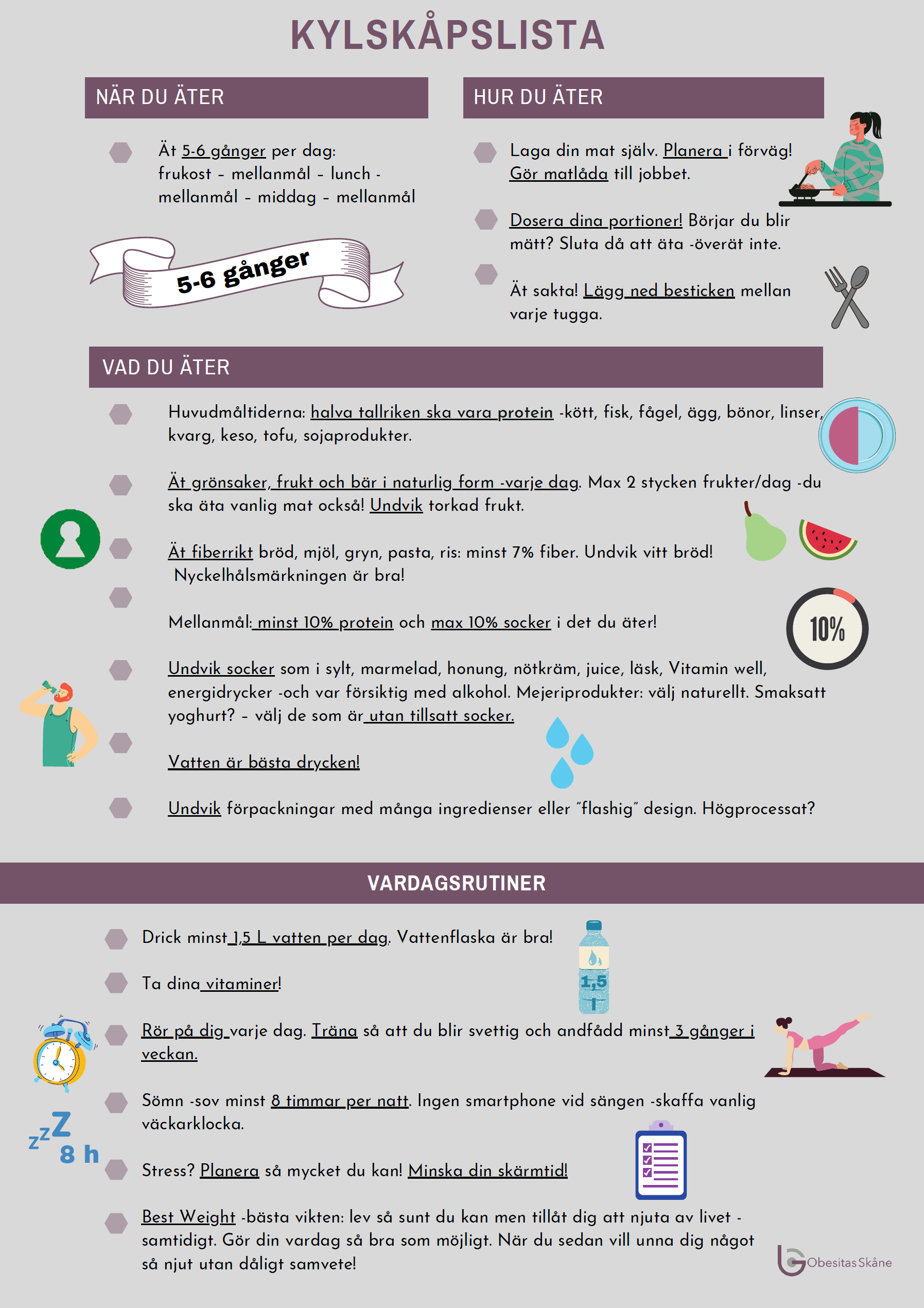


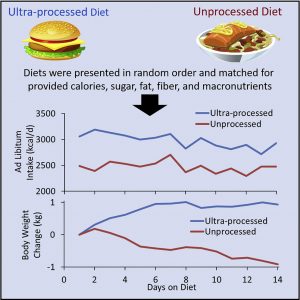
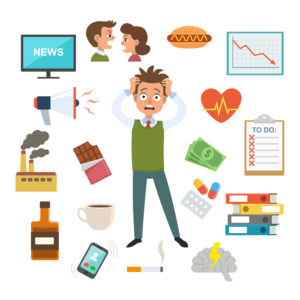
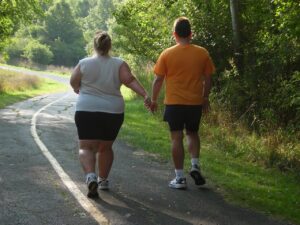
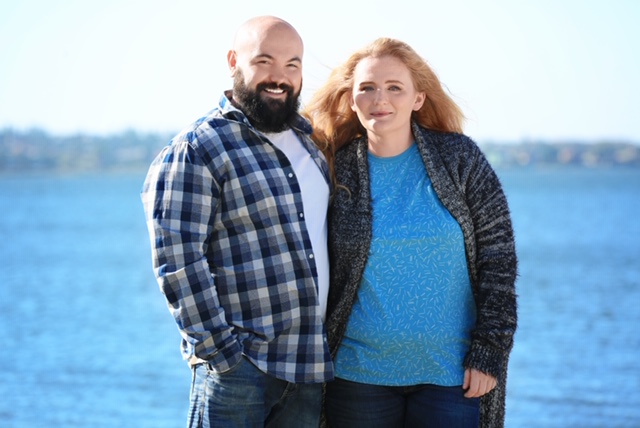






Senaste kommentarerna